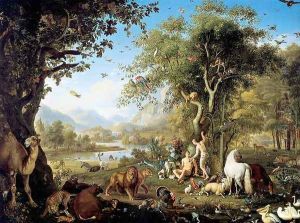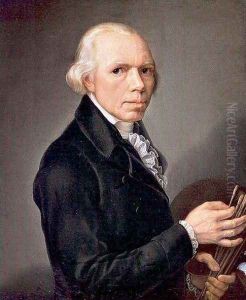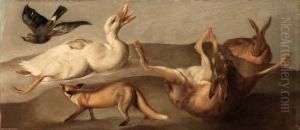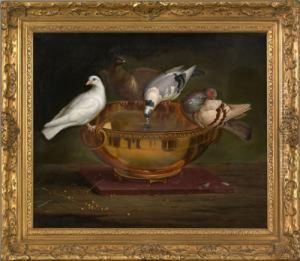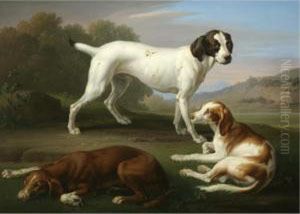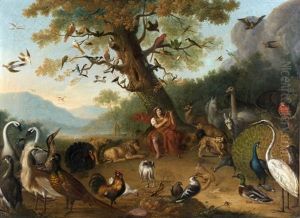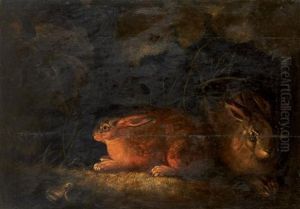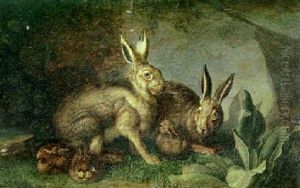Peter Wenzel Paintings
Peter Wenzel was a German artist born in 1769 in the town of Trier, which at the time was part of the Electorate of Trier in the Holy Roman Empire. His artistic talents emerged early, and he became known for his contributions to the Neoclassical movement, which sought to emulate the art and culture of ancient Greece and Rome. Wenzel's works often reflected this classical influence, with a strong emphasis on harmony, clarity, and serenity.
Wenzel embarked on his artistic education in Rome, which was a center for neoclassical art and thought. His time in Italy was pivotal; he became deeply immersed in the study of antiquities and the works of the Renaissance masters. This influence is evident in Wenzel's precise technique and his focus on historical and mythological themes. He became part of the circle of German artists active in Rome, which included notable figures like Johann Wolfgang von Goethe, who was also a key figure of the German literary movement known as Sturm und Drang.
Throughout his career, Wenzel received various commissions that allowed him to demonstrate his skill in both fresco and oil painting. One of his most significant works is the fresco cycle in the Palazzo Massimo alle Colonne in Rome, which showcases scenes from the works of the Roman poet Ovid. These frescoes are particularly celebrated for their vibrant colors and dynamic compositions, capturing the drama and emotion of Ovid's narratives.
Peter Wenzel's contributions to art were not limited to painting; he was also a respected teacher and influenced a generation of artists. His attention to detail, his mastery of classical forms, and the poetic nature of his work left a lasting impression on the art world of his time. Wenzel passed away in 1829 in Rome, leaving behind a legacy that remains appreciated by art historians and enthusiasts of Neoclassicism.
